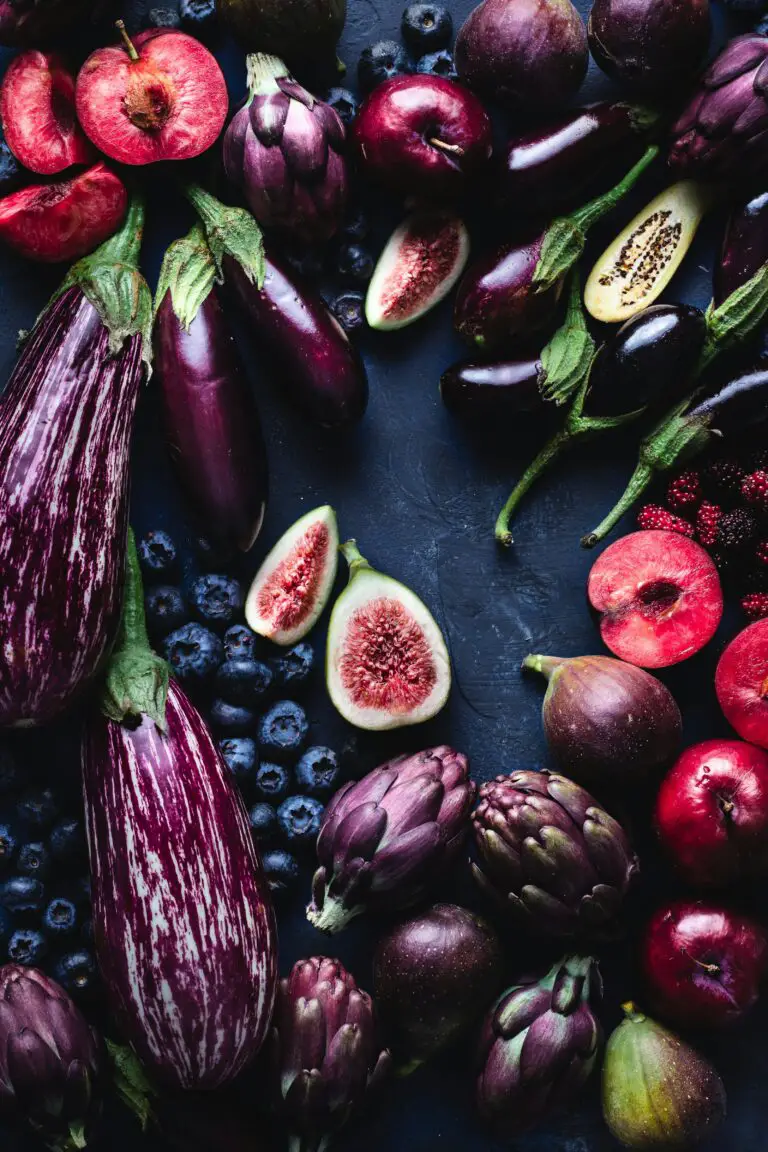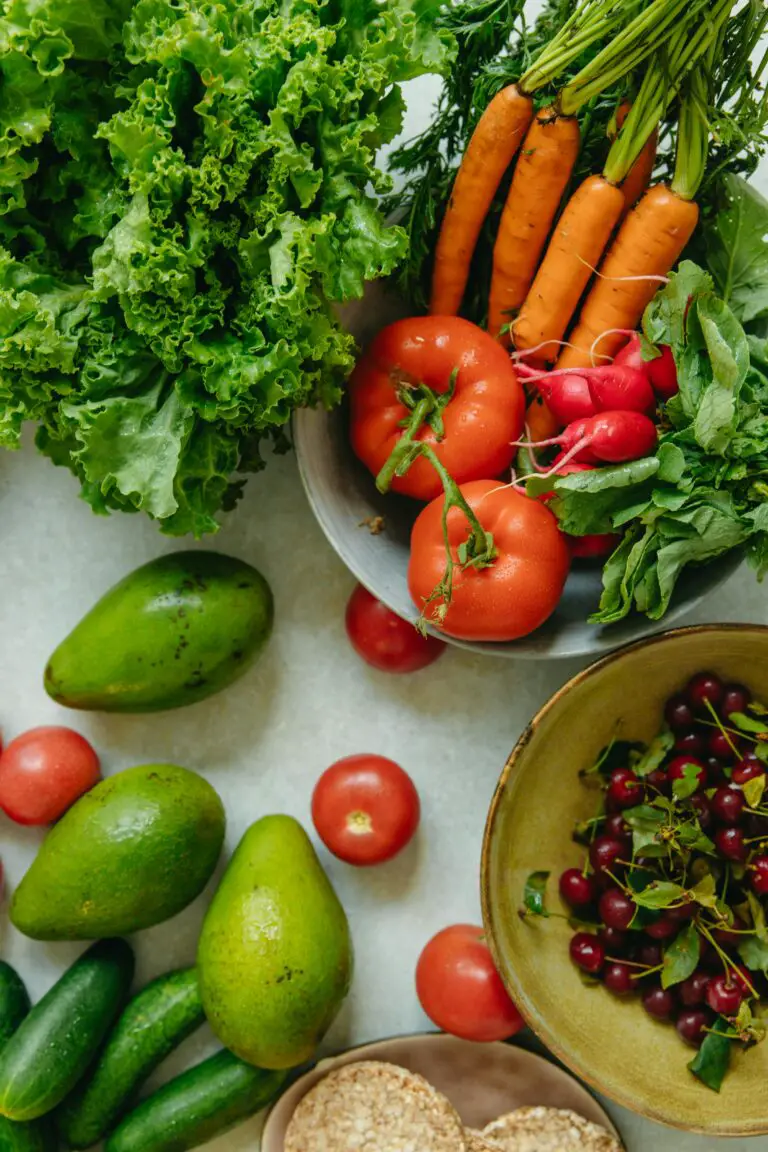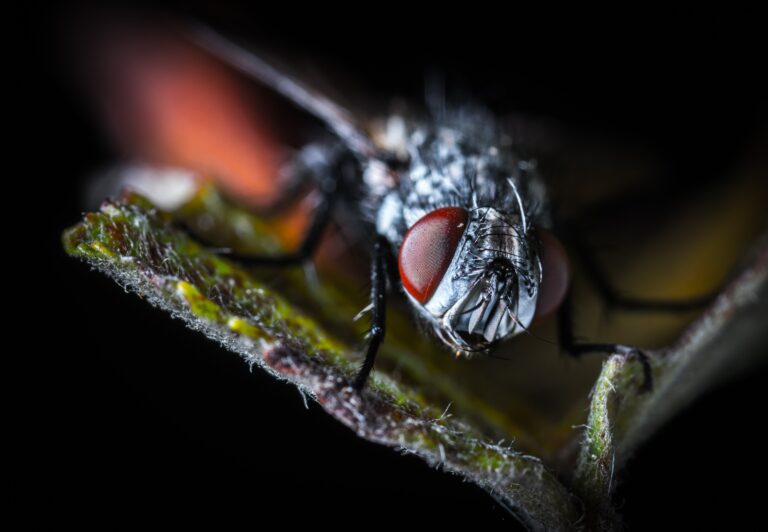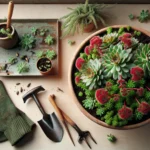Introduction to Sedum Varieties
Explore the diverse world of sedums, their ecological importance, and aesthetic appeal in gardens. Loaded with resilience and variety, these robust succulents have earned a revered spot in the hearts of garden enthusiasts and ecological supporters alike. Picture this: a garden patch brimming with sedum varieties that not only stand up to Mother Nature’s moods but also add a dazzling array of textures and colors to your green space. From the soft tufts of Sedum spurium to the statuesque Sedum telephium, there’s a shape, size, and shade for every garden design.

Not just a pretty face, sedums bring a slew of ecological benefits to the table. These hardy troopers play a pivotal role in green roofing, where their drought tolerance and low-maintenance nature contribute to urban sustainability. Imagine buildings crowned with green, living roofs that reduce runoff and improve air quality, all thanks to the mighty sedum species. In the wild, their hardiness allows for soil stabilization and habitat creation, forming a backbone for many ecosystems.
Moreover, sedums are the unsung heroes of the bee world. As pollinator magnets, these succulents provide essential nutrition when other sources are scarce. Picture honeybees, butterflies, and hummingbirds flitting from bloom to bloom in a sedum-studded landscape—a testament to these plants’ importance beyond sheer aesthetics. Meanwhile, this resource can offer you insights on creating that captivating charm indoors, where sedums can flourish with the right touch of care.
Whether you’re an avid gardener or a green thumb in training, diving into the lush, hardy world of sedum varieties is like discovering a treasure trove of nature’s most versatile succulents—each variety a gem with its unique allure. Let these resilient beauties inspire your next garden adventure and bring life to your landscape, no matter the season.
The Versatility of Sedum Plants
Picture a plant that thrives just as heartily in an arid rock garden as it does atop a sky-high green roof. Now, what if that same plant could also polish your indoor air, no muss, no fuss? That, my friends, is the incredible Sedum species. These resilient succulents offer a smorgasbord of possibilities for gardeners and plant lovers alike.
Starting with the outdoors, imagine the transformation of bare ground into a lush carpet of greens, reds, and golds with sedums as ground covers. Not only do they spread their low-growing charm across your garden floor, but they’re an army that battles erosion, too!
For those who adore the whimsical allure of alpine landscapes, sedum varieties insert effortlessly into rock gardens. Nestle them among the stones and watch their plump leaves and star-shaped blooms meld into the craggy nooks, mimicking the hearty plants of high mountain terrains. Need inspiration? Check out the beginner’s guide to a thriving succulent garden to get you started on your sedum-studded oasis.
Heading to the rooftops, sedums don’t shy away from the heights; they embrace them in roof gardens. They’re not just for show; they’re working plants that provide excellent insulation, create oxygen, and serve as self-sufficient, maintenance-free guardians of your rooftop Eden.
Indoors, sedum species adapt to containers with ease, doubling as purifying comrades that ask for little apart from occasional water and a sunny perch. With their forgiving nature, they allow even the busiest or the beginner plant enthusiasts to foster a touch of green inside their homes or office spaces.
Delve into the variety of sedum plants, and you’ll find a surprising tapestry of textures, colors, and forms. They can single-handedly prove that nature’s versatility knows no bounds. With sedum varieties, whether sprawling underfoot or basking up on high, you’re sure to find a succulent solution that brings resilience and beauty to virtually any space.
Notable Sedum Species
When it comes to versatile and hardy plants, sedums are the ultimate champions of the succulent world. These resilient little survivors are renowned for withstanding the most challenging environments, and several stand-out species in particular have garnered attention for their distinctive forms and adaptability.
Sedum acre: Tough as Nails Groundcover
Let’s start with Sedum acre, affectionately known as ‘Goldmoss’. It’s a tenacious groundcover that clings to life in the most precarious of spots, often found sprawling over rocky outcrops or creeping between the cracks of a garden path. This sun-loving sedum bursts into a mass of bright yellow flowers come summer, transforming garden spaces into a sea of gold.
Sedum spectabile: The Showy Stonecrop
Next up is the unrivalled beauty of Sedum spectabile, or the Showy Stonecrop. As its name suggests, this species is a real spectacle, boasting dense clusters of star-shaped pink blossoms. Often teeming with bees and butterflies, it’s not just a visual treat but a hub of activity—a perfect addition to any pollinator-friendly garden. For more insights on creating a thriving succulent landscape, check out our beginner’s guide.
Sedum reflexum: The Blue Spruce Stonecrop
Last but not least, Sedum reflexum, dubbed ‘Blue Spruce Stonecrop’, impresses with its evergreen, needle-like leaves that resemble the branches of a spruce tree. Throughout the growing season, you’ll observe a transformation from silvery-blue tones to a dynamic golden yellow, culminating in an eye-catching display that adds texture and contrast to the garden mosaic.

These sedum stars, each with their distinct disposition, are just the beginning of an extensive and diverse family. Whether you seek a hardy groundcover or an ornamental spectacle, the world of sedums offers a treasure trove of options for gardeners and enthusiasts alike, assuring that there’s a sedum for every spot in your garden tapestry.
Caring for Your Sedum Plants
When it comes to nurturing your sedum plants, think of yourself as the conductor of a symphony where sunlight, water, and soil harmonize to create a botanical masterpiece. Let’s dive into how you can orchestrate the best care practices for your diverse collection of sedum varieties.
Sunlight: A Daily Dose of Glow
Picture a sunbather on a blissful beach – that’s your sedum soaking up the rays. These succulent beauties thrive in environments where they can bask in full sunlight. Aim to provide around six hours of direct light daily, and watch your sedums perform their photosynthetic magic, turning sunlight into vibrant, colourful foliage. If you notice their leaves starting to fade or stretch, it’s a sign they’re rehearsing for a light-chasing dance; they need more time in the spotlight.
Watering: The Art of Quenching Thirst
Imagine your sedums on a camelback adventure across the desert; they’re desert-adapted survivalists storing moisture for the long haul. Overwatering is the arch-nemesis of sedums; it can lead to root rot faster than a downpour in a drought. The secret mantra here is ‘less is more.’ Wait until the soil is completely dry before giving them a deep, thorough watering. This mimicry of natural arid conditions encourages their roots to grow robust and deep, ready to weather any dry spell.
Soil Type: Building the Perfect Stage
The perfect soil for sedum varieties is like the ideal stage for a prima ballerina – well-drained and airy. A blend of potting soil with sand, pumice, or perlite creates the well-draining environment these plants crave, allowing their roots to breathe and avoid waterlogging. An overcrowded pot is like a crowded dance floor; there’s no room to perform. So make sure their container has ample space and offers proper drainage holes to prevent any standing ovations of water.
To see these care guidelines in action, tune into this educational snippet:
Remember, each sedum variety may have its own little quirks and preferences, much like an artist with their unique style. Keep a watchful eye on your green performers, adjust care routines as needed, and prepare for a stunning show of resilience and beauty from these versatile succulents.
Propagation and Cultivation of Sedum
Embark on a journey to expand your sedum collection and dive into the fascinating world of cultivating these versatile succulents. With a few simple methods, you can transform small snippets of sedum into a flourishing garden patch. Let’s explore how you can propagate these hardy plants through cuttings, seeds, and division.
Growing Green from Cuttings
Imagine snipping off a plump, jelly-bean-like leaf from your favorite sedum variety—the journey begins here. Propagating sedum from cuttings is a rewarding way to multiply your plants quickly. After selecting a healthy piece, let it callus over for a few days to avoid rot when planted. A little tip that goes a long way is to simply lay the cutting on well-draining soil and provide regular misting. In no time, tiny roots will seek out the soil, and a new sedum will start its life, eager to catch any drop of sunshine.

Sprouting Wonders from Seeds
If the anticipation of sprouting new life from seed excites you, then seeding sedum will add a sprinkle of joy to your gardening venture. Sedum seeds require no fancy equipment—scatter them on top of the soil, press them down gently, and keep the surface moist. Shield them from harsh sun, and soon enough, you will witness a carpet of fresh seedlings, a testament to your patience and care.
The Art of Division
As your sedum plants mature, they become prime candidates for another propagation method—division. This technique revitalizes overgrown clusters and provides new starts for expanding your succulent scene. In the coolness of early spring or fall, gently tease the plants apart at the roots and replant them with room to grow. Remember, each fragment of the root has the potential to become an individual masterpiece of lush foliage.
Whether you are a seasoned green thumb or new to the world of succulents, propagating sedum can be a joyful and fulfilling practice. With these techniques, your garden will soon be brimming with a variety of sedum plants, each with its own story of growth and perseverance. So roll up your sleeves—it’s time to multiply your verdant treasures!
Designing with Sedums: A Gardener’s Palette
Stepping into a garden graced with sedum varieties feels like entering an artist’s palette where each succulent is a dab of paint waiting to spruce up the landscape. The versatility of sedums is unparalleled, allowing garden enthusiasts to paint their green space with strokes of texture, color, and form.
For starters, intertwine the robust ground-cover sedums, such as the emerald ‘Dragon’s Blood’ or the ruby-red ‘Firecracker’, to weave a living tapestry amid walkways and rockeries. These low-growing marvels suppress weeds, endure foot traffic, and provide a succulent spill over edges that softens hardscapes.
Creating Layers of Interest with Sedum Heights
Construct a vertical spectacle by layering sedums of varying heights. For example, the upright ‘Autumn Joy’ with its broccoli-like florets stands tall and transitions from verdant summer hues to autumn’s warm red. Below, ‘Matrona’ sedum, with its burgundy stems, offers a striking contrast, inviting onlookers to take a second glance.
Gardeners gunning for a year-round show should play with sedum textures to enrich the sensory experience. The plump leaves of ‘Burro’s Tail’ alongside the needle-like foliage of ‘Blue Spruce’ reward not just the eyes, but also the fingertips with their distinct feels. Imagine the whispers of delight as guests brush against a ‘Cape Blanco’, with its powdery finish, or marvel at the geometric precision of ‘Vera Jameson’ rosettes.
Strategic Sedum Selection: For Sun and Shade
When plotting your sedum layout, consider the light. While many thrive in the full sun baking down on rock gardens, some, like the shade-tolerant ‘Frosty Morn’, flourish under the dappled light of woodland fringes. The intermingling of sun and shade varieties sustains a full and luscious garden from sunny peripheries to shaded enclaves.
Practicality is also at play here. Sedums are drought-resistant stalwarts, making them perfect for xeriscaping or gardens with poor soil. Their resilience reduces the need for watering or fertilizing, making sedum an eco-conscious choice that champions sustainability.
As you contemplate integrating sedums into your garden puzzle, let’s take inspiration from a video showcasing the potential of these formidable succulents in action:
Envision the bees buzzing and butterflies flitting around sedum blooms! With a bevy of bees and butterflies frequenting your garden, sedums support local ecosystems, contributing to the biodiversity that keeps our planet thriving. Picture a world where your backyard becomes a sanctuary for these crucial pollinators simply by selecting the right varieties of sedum—nature at its best.
Remember, designing with sedums isn’t merely about aesthetics—it’s a step towards creating a sustainable, low-maintenance, and wildlife-friendly habitat. So, go ahead, craft your masterpiece with the diverse palette of sedum varieties, and watch your garden transform into a mesmerizing landscape that buzzes with life and brims with charm.
Sedum Varieties for Ground Covering Solutions
Are you looking for a ground cover that stands out without standing too tall? Let’s dive into the versatile world of sedum varieties, the unsung heroes in the realm of ground covers. Known for their ability to wrestle down erosion and provide a blanket of beauty with minimal fuss, sedums are a go-to for gardeners who value both aesthetics and practicality.
Imagine a lush carpet of foliage, spiced up with star-shaped blossoms, cascading over a slope. That’s sedum for you—nature’s verdant quilt, adept at keeping soil snugly in place even when rain tries to wash it all away. Their secret? A thick mat of succulent leaves that slow down water run-off, anchoring the soil and preventing erosion.
But it’s not just their erosion control superpower that makes sedums the darling of ground covers. They’re also low-maintenance warriors, barely breaking a sweat in the heat or cold. Instead of a back-breaking gardening routine, sedums invite you to sit back, relax, and watch the show as they knit together, forming a vibrant tapestry that suppresses weeds and sparks joy with its varied hues and textures.
Real-life Examples of Sedum Ground Covers
Take ‘Dragon’s Blood’ sedum, with its crimson leaves that intensify in color as the sun pours its golden rays upon them. Or ‘Angelina’, flashing her needle-like golden foliage. These living, breathing ground ornaments not only capture the imagination but also demonstrate practical landscape solutions by thriving in those problematic areas where other plants dare not tread.
Case in point: picture a rocky hillside transformed into a sea of sedums, punctuated by stones and pebbles. It’s not a scene from a fantasy garden—a similar project has turned a once-eroding slope into an enchanting, evergreen vista that changes with the seasons, yet requires remarkably little upkeep.
Got a patch of land that’s more desert than garden? Sedum varieties like ‘Cape Blanco’ with its silvery leaves, and ‘Coral Carpet’, turning from green to an autumnal coral, have got you covered—quite literally. Once established, they spread contentedly, offering a low-growing haven that conserves water and deters pesky invaders.
Integrating sedum varieties into your garden is not just about creating a scenic ground cover; it’s an act of environmental stewardship. Harnessing the tenacity and beauty of these succulents enhances biodiversity and turns maintenance into a breeze. So why not let sedum varieties ground your gardening aspirations, providing a lush, living mulch that doubles as a rugged, yet refined, landscape feature?
For a closer look at how sedums can reshape your outdoor space with their easy-care, resilient charm, check out this insightful video:
The Seasonal Appeal of Sedums
Imagine a plant that transforms with the ballet of the seasons, a chameleon in the world of succulents. Enter the diverse realm of sedum varieties, each offering a unique visual symphony as the months roll by. Spring unfurls the tender green rosettes, while summer deepens the hues to richer jade tones. But it’s in the fall that sedums truly captivate, donning brilliant auburns, fiery reds, and golden yellows, leaving us in awe of their seasonal spectacle.
As summer winds down, many garden plants begin to fade, yet sedums stand resilient, escalating their charm. Picture the ‘Autumn Joy’ variety, which lives up to its name as its blooms burst into starry pink clusters that gradually age to a robust copper, complementing the cooler days. Sedums are not just a one-act play; they’re the entire theater, offering a transformative display from spring thaw to winter’s blanket.
But let’s not forget how winter sets the stage for a quiet beauty unique to sedums. Some varieties, like the ‘Cape Blanco’ or the ‘Coral Carpet’, take on a delicate blush of pink or an intriguing purple tint, as if they’re quietly blushing under the frosty gaze of winter. These hardy succulents remain steadfast, their frosted leaves sparkling under the subdued winter sun, providing an unexpected sparkle in the subdued palette of the cold season’s garden.
In the tapestry of the garden, sedum varieties are the threads that change color, providing a dynamic backdrop that evolves with time. Each variety is a master of adaptation, revealing its own story through the cycle of seasons. Imagine ‘Dragon’s Blood’ unfolding its crimson carpet in spring, shifting to a blood-red tapestry in fall, offering gardeners a mesmerizing seasonal transition that is both a feast for the eyes and an anchor of reliability.
From the ground-hugging ‘Blue Spruce’ with its steel-blue needles that offer a cool contrast to other plants in summer, to the upright ‘Matrona’ with its deep maroon foliage that becomes the backbone of the autumn garden, sedums are the consummate performers of seasonality. These versatile succulents promise a garden that thrives on change, challenging our imaginations and reminding us of nature’s powerful rhythms.
The Ecological Impact of Planting Sedums
Sedums, those hardy and adaptable succulents, offer more than just a pretty face and an easy-care attitude. These diverse plant varieties are ecological powerhouses that play a significant role in the health of our environment. Often overlooked, the environmental advantages of sedums can be felt from bustling city green roofs to the quiet solitude of a backyard garden.
In the dance of ecosystems, sedums are like the bees of the plant world – they attract a host of pollinators, inviting them to a banquet of nectar and pollen. Birds, butterflies, and bees are frequent visitors to sedum-rich gardens, drawn by the vibrant blossoms that bloom from these versatile succulents. The presence of these pollinators is a sign of a healthy environment and contributes to the propagation of other plant species, leading to greater biodiversity.
Diving deeper, the resilience of sedums to harsh conditions is nothing short of impressive. These plants are champions of drought resistance, capable of thriving in arid climates where water is a luxury. Their ability to store water in their leaves allows them to stand tall amidst a drought, making them an ideal candidate for xeriscaping, which reduces the need for supplemental water from irrigation.
Furthermore, sedum varieties can be vital in urban environments. Green roofs adorned with these sturdy beauties are not only aesthetically pleasing but also serve a purpose beyond beauty. They help insulate buildings, thereby reducing energy costs, and manage stormwater runoff, which is critical in preventing urban flooding. Their thick foliage and root systems absorb and filter rainwater, reducing the burden on city drainage systems.
Real-life examples of the ecological impact of planting sedums are plentiful. Take the famous green roofs of Chicago City Hall, for example, where sedums take center stage in mitigating urban heat and creating a sanctuary for city wildlife. It’s a compact representation of how integrating nature with urban planning can yield substantial environmental benefits.

Every sedum-planted space is a step forward in our commitment to environmental stewardship. So next time you admire the simple beauty of these sedums, remember the complex and vital roles they play in our world. By embracing sedum varieties in our landscapes, we are literally planting the seeds for a more sustainable and vibrant planet.
Common Pests and Problems Affecting Sedums
Step into the world of sedums, and you’ll find yourself among hardy, resilient succulents adored by gardeners far and wide. Alas, even these stout-hearted plants can fall prey to pesky intruders. In our green-thumbed circles, tales of sedum woes are as common as the plants themselves! Let’s dive into the ambush of pests and maladies that could besiege your beloved sedum varieties and arm ourselves with the knowledge to combat them effectively.

Mealybugs: The White Fuzzy Foe
Picture this: You’re admiring your sedum’s plump leaves when, out of the corner of your eye, you see something like tufts of cotton tucked into the crevices. No, it’s not an impromptu plant party with mini cotton decorations; it’s mealybugs! These tiny party crashers suck the sap out of your sedums, leaving them weakened and wilted. Fear not, fellow plant enthusiasts! The solution is simple – a dab of rubbing alcohol on a cotton swab makes quick work of them, and for larger infestations, insecticidal soap will send those white interlopers packing.
Spider Mites: The Microscopic Vandals
Next on our list are spider mites, so minuscule you might miss them until they’ve spun a whole carnival of fine webs on your sedum. They’re like vandals at a mural, marring your plant with yellow speckles as they drain its vital fluids. These rascals thrive in dry conditions, so keeping the air around your sedums misted can be a good deterrent. Plus, releasing predatory mites can lead to an epic battle for the ages right on the foliage, and spoiler alert: the good guys win.
Aphids: The Plant Juice Connoisseurs
Wandering through your garden, you might spot a cluster of these pint-sized pests, indulging in a feast on your sedum’s sap like it’s a five-star plant juice bar. Aphids are known to transmit viruses, too, turning your sedum rendezvous sour. A strong spray from your garden hose can knock these tiny gatecrashers off their feet, and if that doesn’t work, neem oil acts like a bouncer, showing them the garden exit.
Fungal Foes: The Stealthy Intruders
Now, it’s not just the insects that can cause a ruckus. Fungal diseases like powdery mildew can swoop in silently, cloaking your sedums in a dusty film that hinders photosynthesis and stunts growth. But have no fear! Ensuring good air circulation and practicing mindful watering (sedums hate wet feet!) can help avoid fungal parties. Should they still show up, fungicides can be the uninvited rain on their parade.
So there you have it, a garden guardian’s guide to defending your sedum varieties against common pests and problems. With the right knowledge and tools, you can ensure that your sedums remain the picture of health, continuing to captivate observers with their versatile charm!
Frequently Asked Questions
Can sedums survive in cold climates?
Definitely! Sedums, also known as stonecrops, aren’t just sun-loving stunners; they’re also champions of the cold. These hardy succulents can often persist through freezing temperatures, with many sedum varieties boasting the remarkable ability to thrive even in USDA hardiness zones 3 and 4. Picture the sedum’s fleshy leaves blanketed in snow, yet emerging in spring as vibrant and tenacious as ever—a true testament to their resilience.
How fast do sedum plants grow?
When it comes to growth, sedums are like nature’s efficient workhorses. These plants are known for their moderate to rapid growth rate, depending on the species and growing conditions. In the right environment, with ample sunlight and well-drained soil, some sedum varieties can spread swiftly, carpeting garden spaces with their textured foliage. Gardeners love them for this speed, which makes them excellent ground covers and gap fillers in flower beds.
Are sedum plants pet-friendly?
For pet parents who love to garden, sedums are a breath of fresh air. Many sedum varieties are non-toxic to cats and dogs, letting your furry friends roam the garden without worry. However, as with all plants, it’s crucial to check the specific variety you have, as there’s always an exception to the rule. It’s like having a playground that both you and your pets can enjoy—with the added reassurance of safety.
As we explore the fascinating world of sedum varieties, it’s clear that these succulents are as versatile as they are vibrant. Their ability to withstand the cold, grow quickly, and coexist with our beloved pets makes them a cherished addition to any garden.




